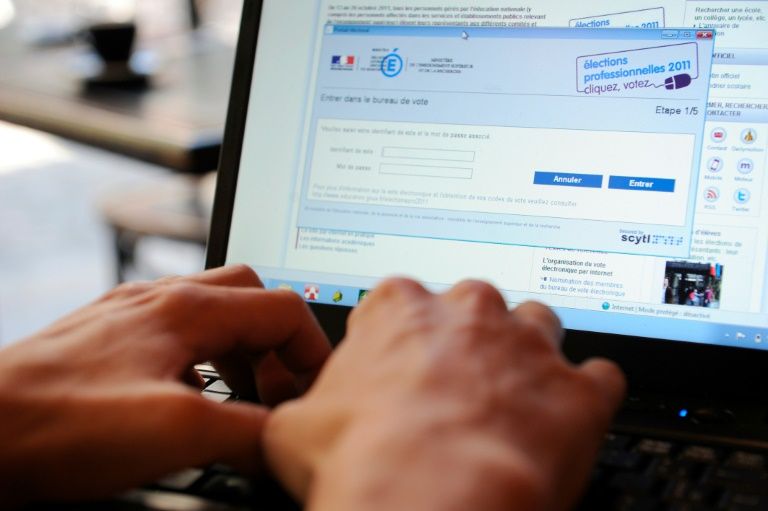The workforce is changing. COVID-19 has led to the hybrid office, and younger generations are seeking to work differently. This covers the less-essential but culturally significant practices of a more casual dress code to the more far-reaching desire for flexible working hours.
Perhaps the most significant movement has been with communications, and much of this has been driven by millennials.
The communication transformation on-going in the workplace is borne out by a survey conducted by Rocket.Chat (which the reader should be aware is a communications platform, with the survey results provided to Digital Journal). This poll reveals that 91 percent of 25-34 year olds have a preference for a single, centralized platform for all work communication. This applies both internally and externally.
While this suits one demographic in business, the proportion who are keen on such a set-up declines for older sections of the workforce. For example, only 63 percent of 55-64 year olds and 49 percent of 65-74 year olds prefer a streamlined option.
How should business react to this and bridge the generational divide? For some businesses that are regulated or where there a fraud or cybersecurity concerns, a single-platform may not be suitable. But for the everyday business there are options.
Should companies go down the single platforms option based on millennials (the concept dreamed up by advertising agencies) now represent the largest generation in the U.S. labor force? (according to Pew Research).
Or should employers seek to adopt a mixed communications technological mix? Or reach a compromise position, in terms of nudging older worker towards a single solution platform?
If it is the latter, the same survey draws out the apparent advantages of a one-stop-shop approach. These include a desire among young workers to switch from email to instant messaging, using platforms like Microsoft Teams.
This is because of the additional effort involved in toggling between email and instant messaging platforms. It is also because of perceived benefits that might aid some business, such as faster response times; having a process where it is easier to share and to send files; plus the ability to create and engage with more intuitive collaborations.
On the other hand, email is often a free tool and requires minimal training. Moreover, it is quick and simple to use and often easier for searching and referencing information.
Business may need to consider the balance between technology and the needs and wants of the workforce, in terms of developing an effective communications strategy for the next decade.














